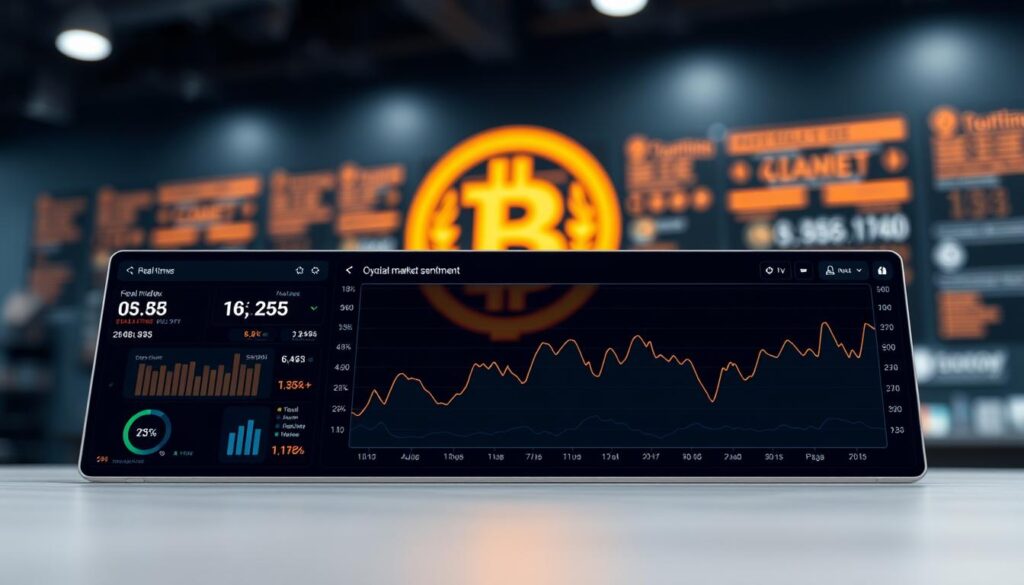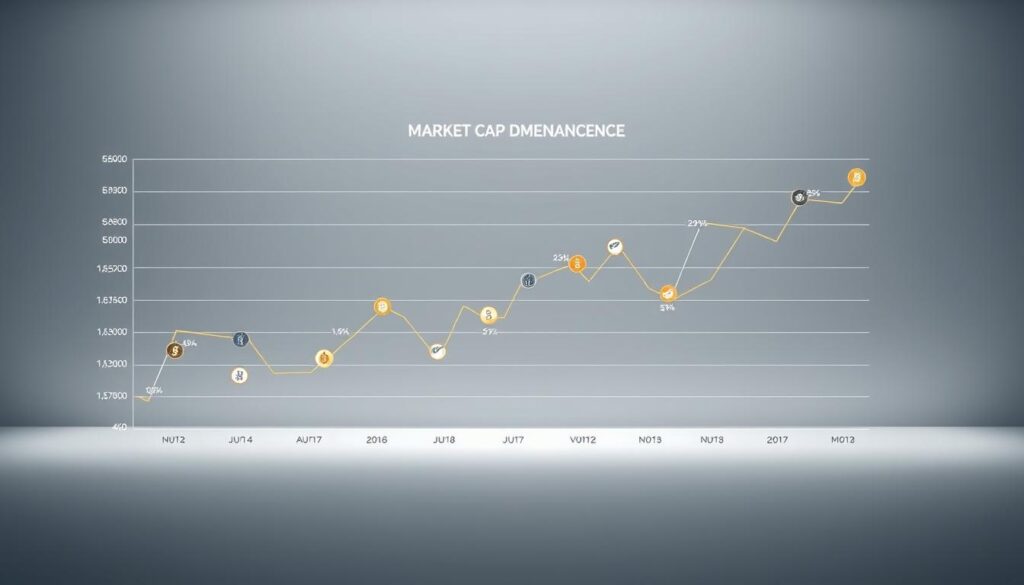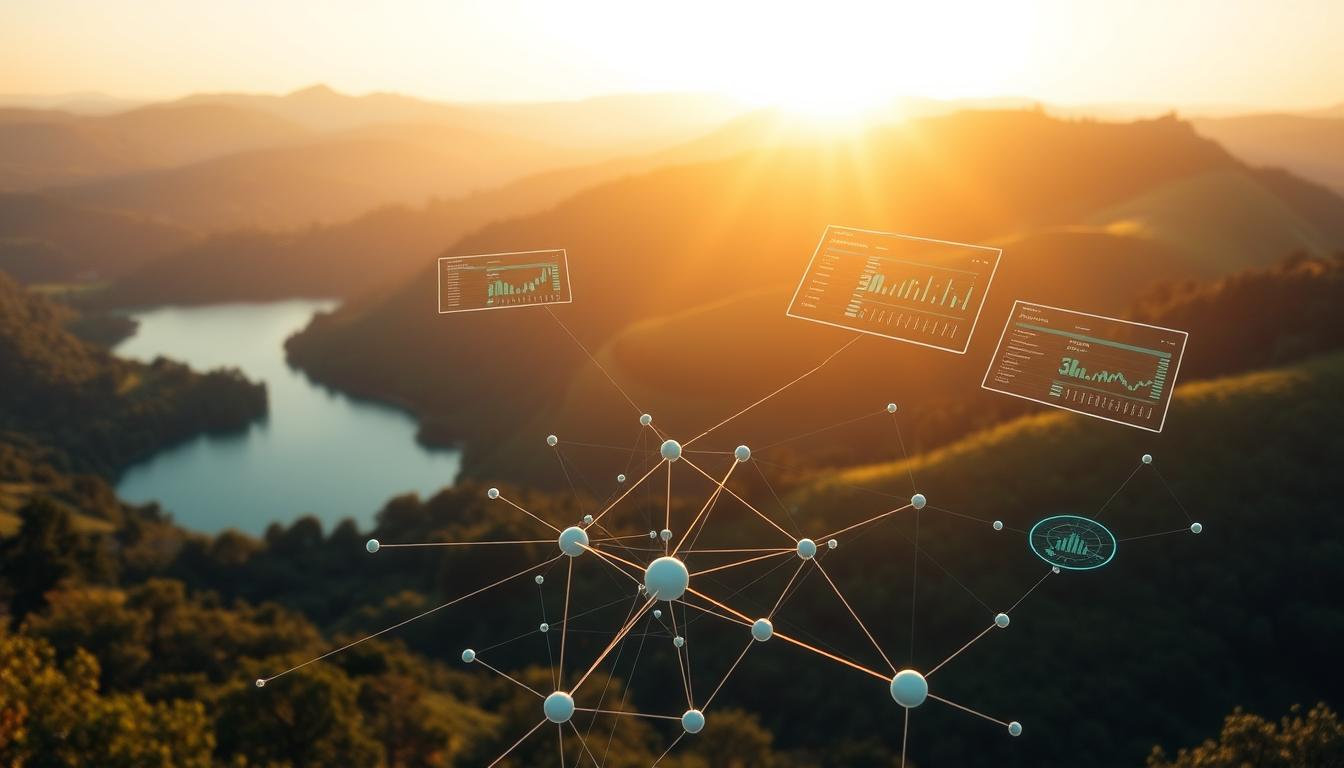Now Reading: Understanding Governance Tokens: A How-to Guide
- 01
Understanding Governance Tokens: A How-to Guide
Understanding Governance Tokens: A How-to Guide

In decentralized blockchain ecosystems, certain digital assets do more than store value. They let holders actively shape the future of the projects they support. These tools, known as governance tokens, turn users into decision-makers by granting voting rights tied to their holdings.
Unlike traditional cryptocurrencies focused solely on transactions, these assets prioritize community input. Their rise challenges centralized systems by redistributing control to stakeholders. Projects like Maker (MKR) and Compound (COMP) pioneered this model, creating frameworks where upgrades and policies depend on collective input.
Ownership directly impacts influence. If you hold more units, your voice carries greater weight in protocol decisions. This approach transforms investors into participants, fostering transparent ecosystems where changes reflect majority consensus.
These specialized tools belong to the utility token category. Their primary function? Enabling actions within specific networks. While some crypto assets serve as currency or rewards, governance-focused versions unlock democratic participation in decentralized organizations.
Key Takeaways
- Digital assets with voting rights enable community-driven protocol decisions
- Token quantity determines voting influence in decentralized networks
- Major examples include Maker (MKR) and Uniswap (UNI)
- Shift from passive investing to active ecosystem participation
- Core component of decentralized autonomous organizations (DAOs)
- Balance transparency with scalability challenges
Getting Started with Governance Tokens
Specialized assets transform users into project architects. These digital tools let communities steer blockchain networks through collective choices rather than relying on centralized leadership. Ownership becomes participation, with every unit acting as a voice in shaping protocol evolution.

What Are Governance Tokens?
These assets function as membership passes for decentralized systems. Unlike standard cryptocurrencies designed for payments, they unlock voting privileges tied to specific platforms. Holders gain authority to propose modifications, from adjusting transaction costs to approving initial coin offerings integrations.
Proposals follow structured pathways. Members submit improvement ideas that meet platform requirements. If accepted, the community debates and votes using their holdings. Each unit spent equals one vote, creating transparent decision chains.
The Role of Token Holders in Decentralized Projects
Owners wear multiple hats: investors, strategists, and quality controllers. Their responsibilities include:
- Approving treasury fund allocations
- Vetting partnership opportunities
- Optimizing reward distribution models
This system flips traditional corporate structures. Instead of executives making unilateral choices, communities collectively guide development. Larger stakeholders carry more influence, incentivizing long-term commitment to network success.
Blockchain-based organizations (DAOs) rely entirely on this framework. They demonstrate how digital cooperation can replace boardroom hierarchies while maintaining operational efficiency. Every adjustment reflects the majority’s will, creating ecosystems shaped by their users.
How Governance Tokens Operate in Decentralized Organizations
Blockchain networks rewrite corporate rulebooks through transparent voting systems. Unlike traditional companies where executives make top-down decisions, decentralized protocols let communities steer projects collectively. This shift creates self-managing ecosystems powered by code-based rules.
Voting Power and Proposal Mechanisms
Every protocol change starts with a formal proposal. Members outline ideas in forums, then submit them for on-chain approval. Systems vary, but most follow three steps:
- Discussion period for community feedback
- Threshold checks (minimum token requirements)
- Final voting window with quorum rules
Your influence grows with your holdings – 100 units mean 100 votes. This design encourages active participation but raises questions about power concentration. Some platforms combat this through quadratic voting, where influence increases slowly with larger balances.
Smart Contracts and Delegation Explained
Automated contracts handle the entire process without middlemen. When a proposal meets requirements, code triggers voting periods and tallies results publicly. This eliminates tampering risks while saving operational costs.
Delegation features let busy holders assign voting rights to experts. Benefits include:
- Professional analysis of complex upgrades
- Continuous participation during market volatility
- Flexibility to reclaim control anytime
These systems prove that blockchain networks can balance efficiency with democratic ideals. Real-time tracking ensures every decision remains visible, creating accountability absent in traditional shareholder meetings.
Pros and Cons of Using Governance Tokens
Digital voting systems redefine how organizations evolve by merging financial stakes with decision-making authority. While these tools empower communities, they also introduce unique complexities requiring careful navigation.

Benefits: Alignment, Fairness, and Community Involvement
Ownership becomes participation when users gain direct influence over a project’s roadmap. This setup aligns incentives – those invested in the platform’s success naturally push for upgrades that boost long-term value. Collaborative debates often spark innovative solutions, as diverse perspectives tackle protocol challenges.
Every voice matters in proposal submissions and voting processes. Unlike traditional finance models, even small holders can shape policies affecting reward structures or partnership approvals. This inclusive approach builds stronger ecosystems where changes reflect collective wisdom rather than executive mandates.
Challenges: Accountability and Concentration of Voting Power
Pseudonymous participation creates accountability gaps. When bad actors push self-serving proposals, tracing real-world identities proves difficult. Majority votes sometimes prioritize short-term gains over sustainable growth, leaving projects vulnerable to impulsive decisions.
Large holders – often called “whales” – can sway outcomes disproportionately. A single entity controlling 30% of votes might override community consensus, undermining decentralization principles. Balancing influence distribution remains an ongoing challenge for many platforms.
These systems shine when communities actively debate proposals and monitor power dynamics. Transparent voting histories and delegation options help mitigate risks while preserving democratic ideals.
Real-World Examples of Governance Tokens in Action
Leading crypto projects demonstrate how decentralized voting reshapes financial systems. These platforms turn theoretical concepts into working models where communities directly influence protocol evolution. Let’s explore how major networks implement these systems effectively.

Insights from MakerDAO, Uniswap, and Compound
MakerDAO showcases crisis management through decentralized decisions. When Ethereum prices crashed in March 2020, MKR holders voted to add USDC as collateral within 48 hours. This quick action stabilized the DAI stablecoin despite market chaos.
Uniswap’s community recently debated fee structure changes for its V3 upgrade. UNI holders approved allocating tokens to liquidity providers, boosting trading volume by 27%. These proposals demonstrate how protocol adjustments directly impact platform growth.
Compound transitioned from developer control to community-led governance in 2020. COMP holders now decide:
- Which assets join lending markets
- Interest rate calculation methods
- Security parameter updates
Aave’s Safety Module vote highlights complex risk management in DeFi. Over 90% of AAVE holders approved creating a $200M insurance fund, showing how communities handle technical proposals. These examples prove crypto projects thrive when users steer development through transparent systems.
Shaping the Future with Governance Tokens
Digital communities stand at the brink of reinventing collaboration through evolving voting systems. Emerging tools like quadratic voting aim to balance influence by valuing participation diversity over pure asset quantity. This shift could reduce whale dominance while rewarding engaged community members.
New delegation models let users assign voting rights to experts without losing ownership. Combined with AI analysis tools, these systems help participants evaluate complex decentralized decision-making frameworks. Such advancements address current participation gaps while maintaining technical rigor.
Beyond DeFi, these mechanisms are spreading to gaming platforms and social networks. Imagine players steering game economies or content creators collectively managing distribution channels. Traditional finance institutions now explore similar models for shareholder engagement.
Next-gen DAOs integrate reputation scores and cross-chain voting, creating fluid organizations that adapt faster than corporations. As these systems mature, they’ll likely blend legal recognition with blockchain’s transparency – reshaping how we build digital services. The result? More resilient, user-driven ecosystems where every voice contributes to progress.
FAQ
How do decentralized projects involve participants in decision-making?
Decentralized projects use specialized digital assets to let users propose or vote on changes. Holders of these assets can influence upgrades, funding, or policy adjustments, creating a community-driven framework.
What determines voting power in decentralized autonomous organizations (DAOs)?
Voting power typically depends on the quantity of assets held. For example, owning more of a platform’s native asset often grants greater influence over proposals, though some protocols use delegation to balance participation.
What benefits do decentralized systems offer compared to traditional models?
These systems prioritize transparency and fairness by letting users directly shape a project’s direction. This alignment between stakeholders and developers often fosters trust and long-term engagement.
What risks exist when using community-driven decision tools?
A major challenge is the potential concentration of power among large holders, which could skew outcomes. Additionally, low voter turnout or unclear accountability may slow critical updates.
How do platforms like MakerDAO or Uniswap use these assets?
MakerDAO lets holders manage collateral types and stability fees for its DAI stablecoin. Uniswap uses them to decide fee structures and treasury allocations, demonstrating real-world utility in DeFi ecosystems.
Can these tools evolve beyond blockchain applications?
Yes. Their ability to coordinate decentralized groups could reshape nonprofits, open-source projects, or even corporate governance by enabling transparent, collective decision-making processes.














